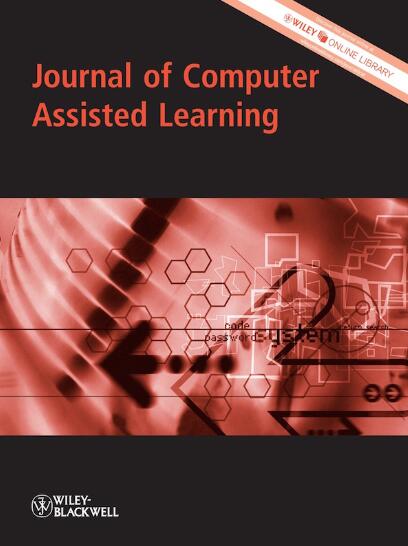The effect of instructor's voice enthusiasm and visual cueing in multimedia learning
Abstract
Background
Given the current technological advancements and the growing need for remote education, multimedia learning has become more popular among teachers and students. Therefore, the creation of multimedia teaching programmes that can improve learning outcomes has become increasingly important. However, there is a lack of research on whether incorporating visual cues into instructors' emotional designs is more effective than using only one approach.
Objectives
Based on the cognitive-affective theory of learning with media and the cognitive affective model of e-learning, this study aimed to explore how instructor's voice enthusiasm and visual cueing affect students' multimedia learning experience and learning outcomes.
Methods
A 2 (instructor's voice enthusiasm: high vs. low) × 2 (visual cueing: visual cues vs. no cues) between-subjects design was used, college students unfamiliar with immunomodulation learned about this subject in a video lesson. Then, they then took a retention test and completed the learning experience scales.
Results and Conclusions
The results indicated that both the instructor's vocal enthusiasm and visual cueing independently have a positive impact on learners' retention test scores. However, if present simultaneously, their positive effects are not cumulative. Specifically, when visual cueing was provided, the instructor's voice enthusiasm did not significantly affect the retention test. Without visual cueing, the instructor's high voice enthusiasm positively impacts the retention test. In addition, the learning experience mediated between the instructor's voice enthusiasm and retention test. These findings offer insights into enhancing the efficacy of multimedia learning by foregrounding instructors' emotional engagement and refining the design of instructional content cues.

 求助内容:
求助内容: 应助结果提醒方式:
应助结果提醒方式:


